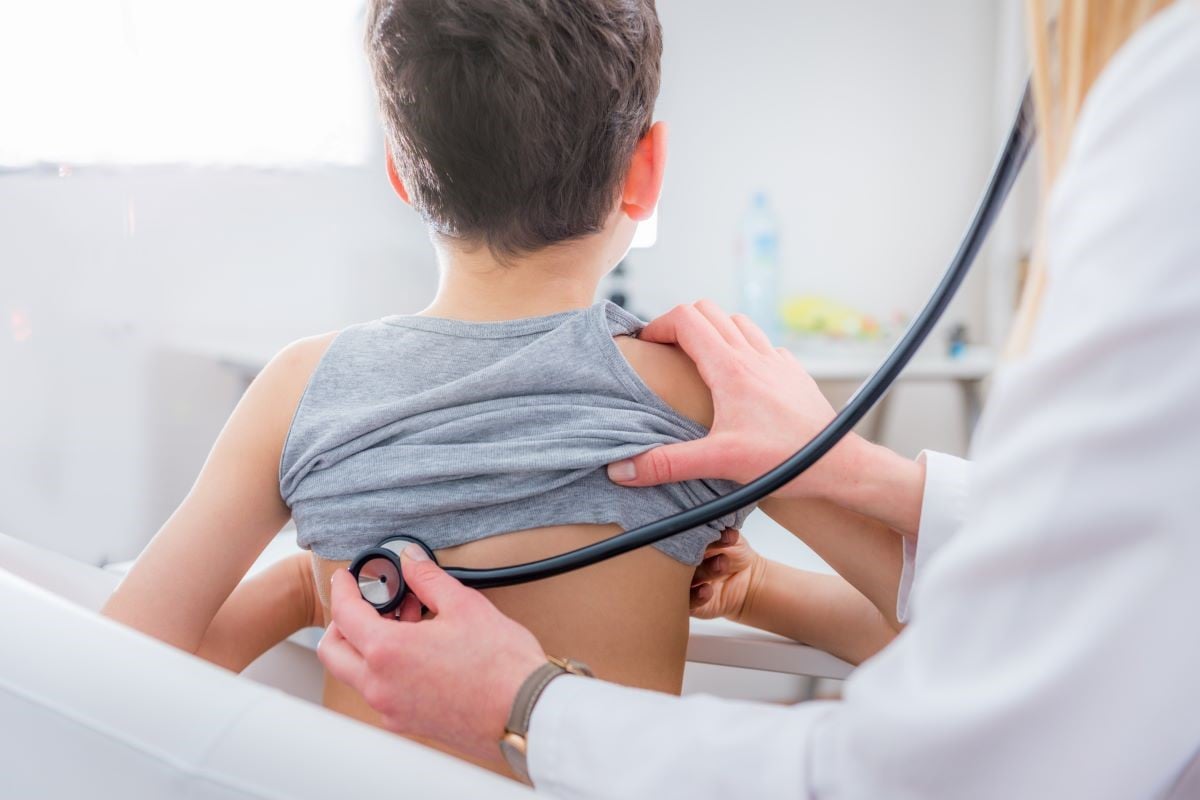
Kids and teens are vulnerable to Long COVID just as adults are, with a set of distinct symptoms showing long-term health effects, a new study shows.
Ten symptoms in school-age children and 8 in teenagers indicate the likely presence of long COVID, according to findings published Aug. 21 in the Journal of the American Medical Association.
School kids in particular have symptom clusters revolving around problems with memory or focusing, sleep problems and stomach symptoms, results showed.
On the other hand, teenagers tended to suffer symptoms related to loss of taste or smell — something not experienced in school kids, researchers said.
The research is “a first step toward a tool that could someday be used to identify Long COVID in children and adolescents — a widely understudied group — but it will likely change and expand as we learn more, and is not intended to be used as a clinical tool today,” said researcher Dr. Rachel Gross, an associate professor of pediatrics and population health at NYU Langone, said in an NYU news release.
An estimated 65 million people worldwide are living with Long COVID, which tends to develop weeks after an initial infection with COVID-19. Long COVID can last weeks, months or even years.
“Most research to understand Long COVID to date has focused on adults, with less known about this complex condition in children,” said co-lead researcher Tanayott Thaweethai, a lead biostatistician at Massachusetts General Hospital in Boston.
For this study, researchers compared 751 young kids who’d been infected with COVID to 147 uninfected youngsters, and more than 3,100 infected teens to more than 1,300 uninfected teens.
Caregivers were asked whether the children had experienced anything from a set of 75 potential symptoms that have been linked to Long COVID in adults.
That list was then pared down to include only those present in at least 5% of kids or teens with COVID, researchers said.
Symptoms included in the index for children were:
-
Trouble with memory or focusing
-
Back or neck pain
-
Stomach pain
-
Headache
-
Phobias
-
Refusing to go to school
-
Itchy skin or rash
-
Trouble sleeping
-
Nausea or vomiting
-
Feeling lightheaded or dizzy
In adolescents, the most predictive symptoms were:
-
Change in or loss of smell and/or taste
-
Body, muscle or joint pain
-
Daytime tiredness
-
Fatigue after walking
-
Back or neck pain
-
Trouble with memory or focusing
-
Headache
-
Feeling lightheaded or dizzy
“This work describes the first data-driven approach to revealing symptom patterns among school-age children and adolescents, which are both distinct from those seen in adults,” Thaweethai said. “We hope this leads to a better understanding of Long COVID in pediatric populations.”
More information
Cleveland Clinic has more about Long COVID in children.
SOURCE: NYU Langone Health, news release, Aug. 21, 2024
Source: HealthDay
Copyright © 2024 HealthDay. All rights reserved.

Leave a Reply